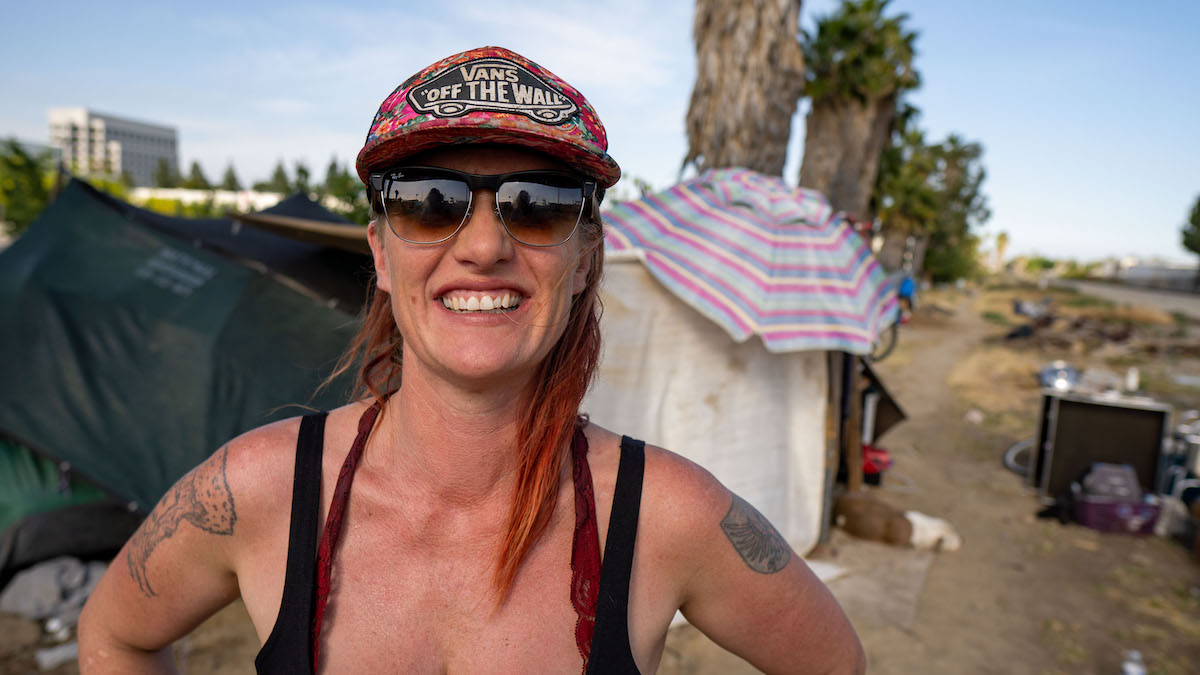|
7119 W. Sunset Blvd., #618, Los Angeles, CA 90046
|
|

The public broadly agrees that homelessness is a major problem, and that we need to address this problem through more affordable housing, especially for people with extremely low incomes. Despite this seeming consensus among the majority, communities across the country continue to see positive projects stall in the face of opposition, even as homelessness grows.
Whether it’s local police, homeowners’ associations, or faith groups, the people who are constant presences in their communities are often the most important drivers of community opinion. When leaders and advocates fail to authentically engage with local communities about both the need for and benefits of their proposed solutions, they are at a massive disadvantage. Compared to outsider professionals, groups and individuals embedded within the community are the voices their neighbors know and trust, having already earned credibility through regular local involvement.

People generally like their neighborhoods and their neighbors. When advocates enter a community speaking as experts or professionals, they are approaching community conversations as outsiders, not as neighbors.
How can we better speak to communities and their concerns on that more personal level?
It was a story about a successful young woman’s decline. It made it clear to me that any person is only a few circumstances from homelessness, and those circumstances are more likely to be completely out of our control than within.
22-year-old, Portland, OR
In last year’s report, we found that the most resonant messages on homelessness emphasize the things we have in common, and in particular that “homelessness can happen to anyone.” Don’t tell stories about homelessness; tell stories about people - where they come from, what they struggle with, and what they need to help them get housed.
Advocates need to reframe conversations about children and homelessness. Emphasize homelessness among youth and families to help build connections, find ways to connect directly with schools and other programs aimed at youth, and speak to how homelessness projects can help address the concerns of parents in a community.
The hypocrisy of people who are supportive in general while opposed to projects near themselves remains a significant barrier to solving homelessness. Listening empathetically is important, but as messengers we also need to challenge NIMBY thinking. Ask questions that push people to recognize the contradiction in this position. For more on countering false or negative narratives about homelessness, this piece by Victoria Vantol provides useful tips on addressing stereotypes and fears around homelessness.
While there is a place for data, facts, and expertise, stories that show a more emotional, human element can help deliver information better than charts or graphs. Using images or videos creates opportunities to show instead of tell, leaving audiences with specific stories and memories that can help inform their views.
Messages need to be reported in order to be heard. Try to approach messaging through a holistic lens, examining how different content (e.g. video, social media, newsletters, images, etc.) can help reinforce the same key messages over time.
Views on homelessness are about more than just homelessness. Starting from a discussion of shared values (e.g. “everyone deserves a safe place to live”) can help start conversations out on the right footing.

The ideal messenger is one that their audience can identify with. If you’re addressing parents concerned about a shelter or housing project in their area, find supportive parents who can help reframe projects as community assets instead of threats. The right messenger can address issues while relating to the audience’s lives and concerns.
Just as empathy is necessary to connect housed people to the struggles of homeless people, empathy is also needed in speaking to concerned communities. People with concerns or reservations are often coming from a place of sympathy and uncertainty.
Advocates need to acknowledge the validity of those concerns while pushing to dispel harmful stereotypes. Don’t condescend or talk over these concerns, whether or not they’re based on legitimate issues. Engage issues like crime, drugs, and garbage head on, and provide a more empathetic approach that addresses people’s concerns.
When talking to people about homelessness, ask them questions about their experiences, and those of people that they know. If someone has a friend, relative, coworker, or even a distant acquaintance who has faced homelessness, this can help make people more open to the perspective of advocates.
Countless organizations all over the world are doing work on homelessness and housing insecurity. Reach out to people and organizations that share your interests, even if the meeting is only virtual. Share materials and resources whenever possible. Talk to others who are doing similar work to identify the barriers you both face, and to find strategies and tactics to overcome them.
Homelessness is an issue that intersects with countless other struggles. People interested in issues of racial justice, criminal justice, housing, tenants’ rights, LGBTQ issues, and other causes share many of the same values as housing advocates and service providers. Finding groups doing this work in a community can help unlock the organic, neighbor-to-neighbor advocacy that’s needed.
All three of these topics are intimately connected with homelessness, and finding ways to collaborate with organizations and organizers in these spaces can help expand the movement for housing justice.
The most valuable allies in the fight against neighborhood-level opposition to homelessness projects are supportive neighbors. They are the most effective advocates because they are situated in the community and can speak to people’s fears and concerns from an authentic position.